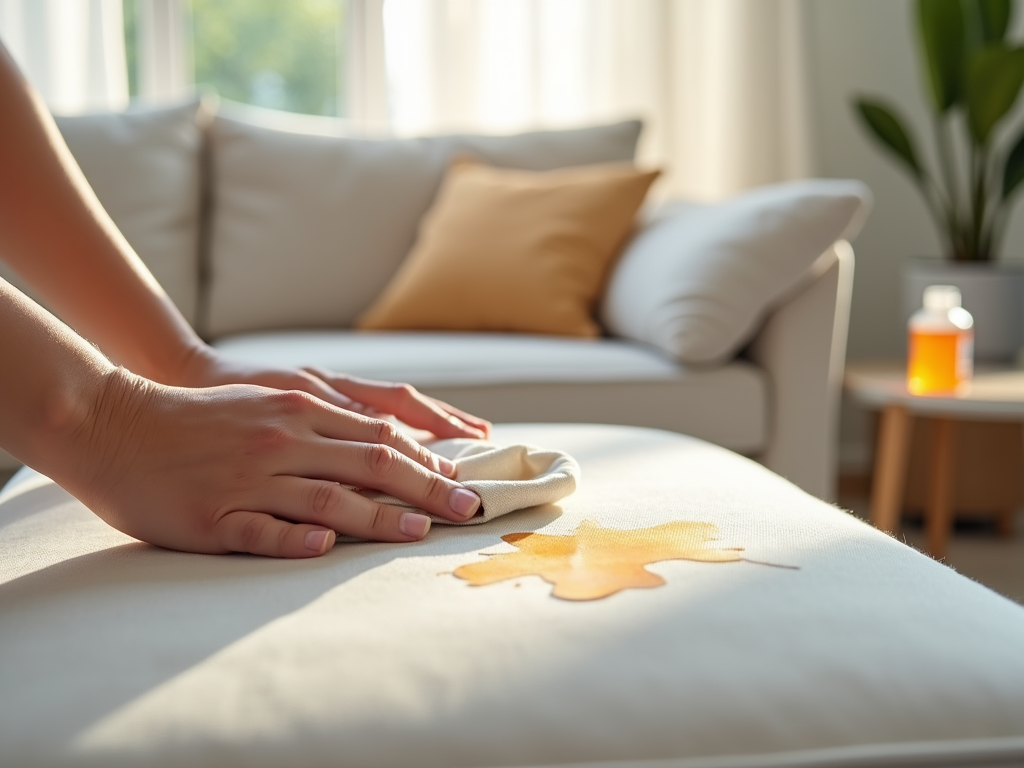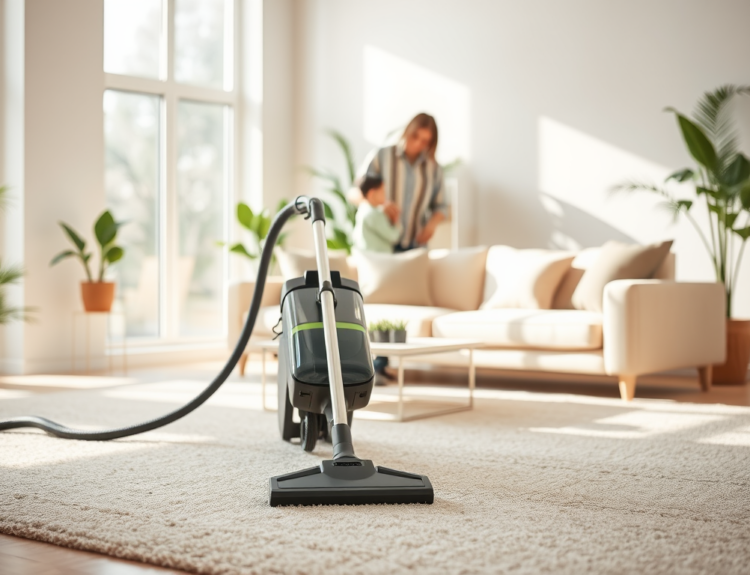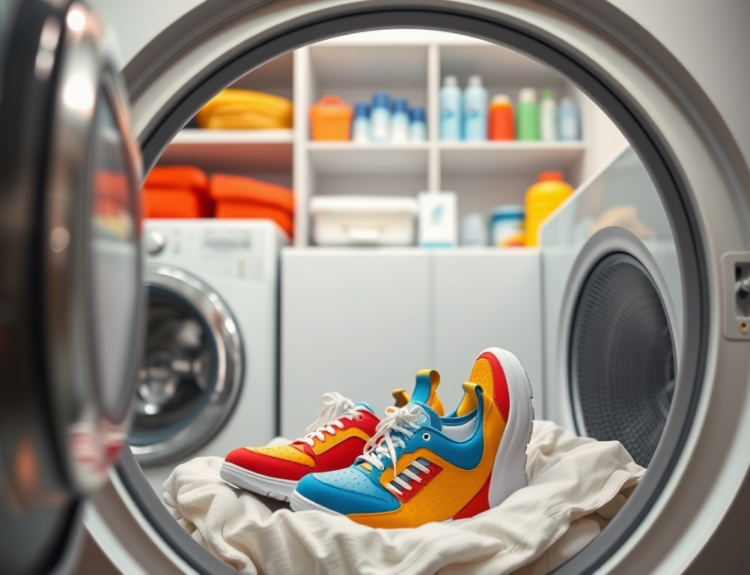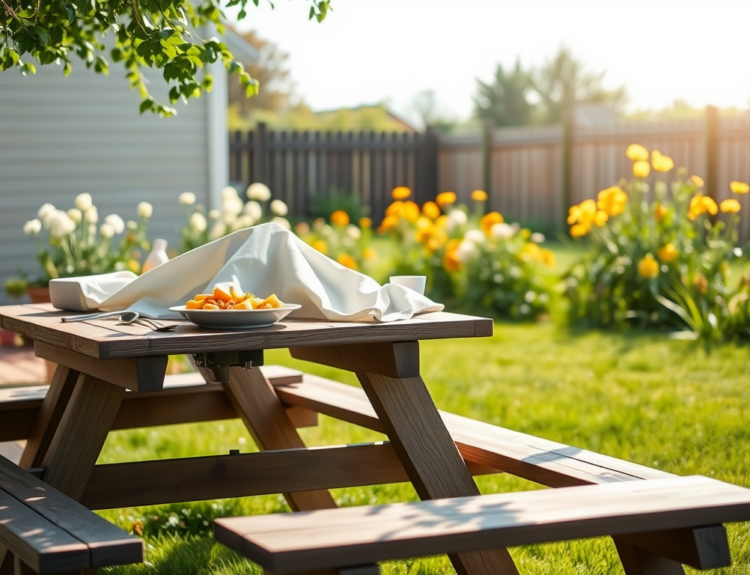Removing liquid medicine stains can be a daunting task, but with the right approach, you can effectively clean up these tricky spills. Whether it’s a cough syrup, liquid pain reliever, or another medication, the key is to act quickly and use appropriate methods to prevent the stains from setting in. This article outlines the major techniques for removing such stains from various fabrics and surfaces, ensuring that you maintain the integrity of your belongings.
Understanding the Types of Medicine Stains
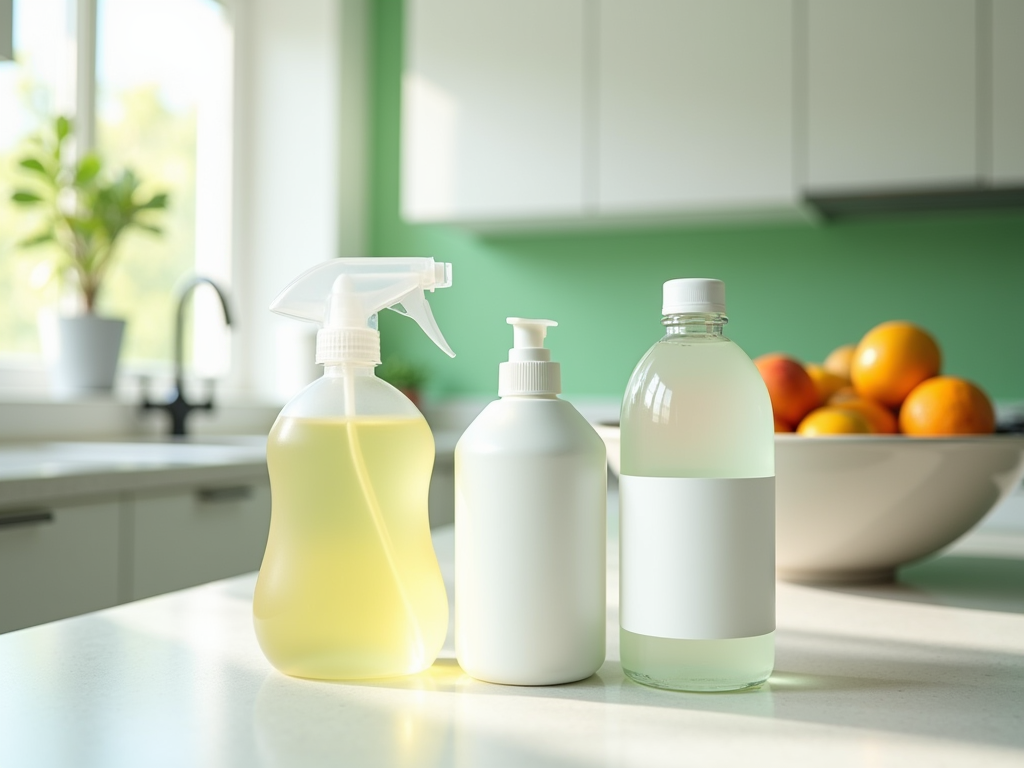
Before tackling the removal of liquid medicine stains, it’s important to understand that different types of medicines can leave different kinds of stains. Some may contain dyes, sugars, or other compounds that can discolor fabric or harm surfaces. The primary types of medicine stains include:
- Dye-based stains: These can often be bright in color and may require special treatments to fully remove.
- Sugar stains: Common in syrupy substances, these can become sticky and attract dirt and dust if not cleaned properly.
- Greasy stains: Some medications may have oily bases that can leave a greasy residue on surfaces.
By identifying the type of stain you are dealing with, you can choose the most effective removal method. Always remember to check the manufacturer’s instructions for any fabrics to avoid damage while cleaning.
When a liquid medicine spill happens, the immediate response is crucial for effective stain removal. Here are the steps you should follow:
- Blot the stain: Use a clean, dry cloth or paper towel to gently blot the area, absorbing as much liquid as possible. Avoid rubbing, as this may spread the stain.
- Rinse with cold water: If the fabric allows, hold the stained area under cold running water to dilute the medicine.
- Apply a stain remover: Use a pre-treatment stain remover specifically designed for the type of fabric you are cleaning. Follow the instructions on the product for the best results.
These initial steps are essential as they help minimize the stain’s potential to set, leading to more successful cleaning in the following steps.
Effective Home Remedies for Removal
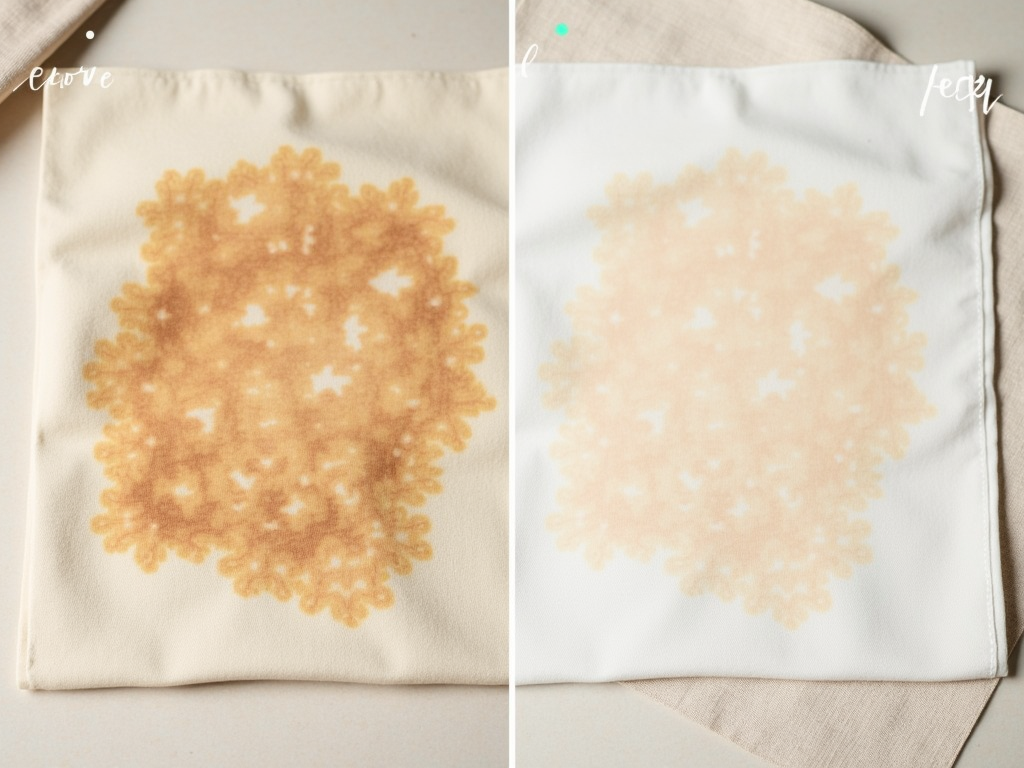
There are several home remedies that can effectively tackle liquid medicine stains. Here are some tried-and-tested methods that you can easily use:
- Dish Soap Solution: Mix one tablespoon of dish soap with two cups of warm water. Dab this solution onto the stain using a clean cloth, then blot until the stain is lifted.
- White Vinegar and Water: Combine equal parts white vinegar and water. Apply to the stain, let it sit for approximately 5-10 minutes, and then blot with a clean cloth.
- Baking Soda Paste: Mix baking soda with water to create a paste. Apply it to the stain and let it dry before brushing off the residue and rinsing the area.
These remedies are not only efficient but also inexpensive, making them perfect for tackling stains at home without the need for harmful chemicals.
When to Seek Professional Help
While many stains can be treated at home, some situations may warrant professional cleaning services. Consider enlisting expert assistance in the following scenarios:
- High-Value Fabrics: Items made from silk, wool, or delicate fabrics may require specialized care to avoid damage.
- Persistent Stains: If the stain remains after repeated attempts to clean, a professional may have access to advanced cleaning techniques.
- Large Areas: For substantial spills that affect a larger area, such as rugs or upholstery, professional help may be necessary for even results.
Taking the plunge into professional cleaning is often worth it when dealing with valuable or difficult-to-clean items. It can save you from potentially ruining the fabric and ensure the best possible outcome.
Conclusion
Removing liquid medicine stains can be accomplished effectively with prompt action and the right techniques. Understanding the type of stain and employing home remedies can often resolve spills without the need for professional assistance. However, for delicate fabrics or stubborn stains, seeking expert help may be the best option. With these tips in mind, you can keep your fabrics and surfaces free of unsightly marks left by liquid medicines.
Frequently Asked Questions
1. Can I use bleach to remove medicine stains?
Bleach can be effective on some fabrics but may cause discoloration on colored fabrics. Always test in a small area first.
2. What if the stain has set in?
If the stain has dried, re-wet it with water and apply your cleaning solution again. It may take multiple attempts for complete removal.
3. Are there commercial products specifically for medicine stains?
Yes, many commercial stain removers are designed to handle dyes and sticky residues. Look for products labeled for organic stains.
4. Is it safe to wash stained clothing in a washing machine?
If the stain has been treated effectively beforehand, you can wash the clothing in a washing machine. Always use cold water to avoid setting the stain.
5. How can I prevent liquid medicine stains in the future?
To prevent spills, keep medicines stored in secure, upright containers, and always handle them over surfaces that are easy to clean.
